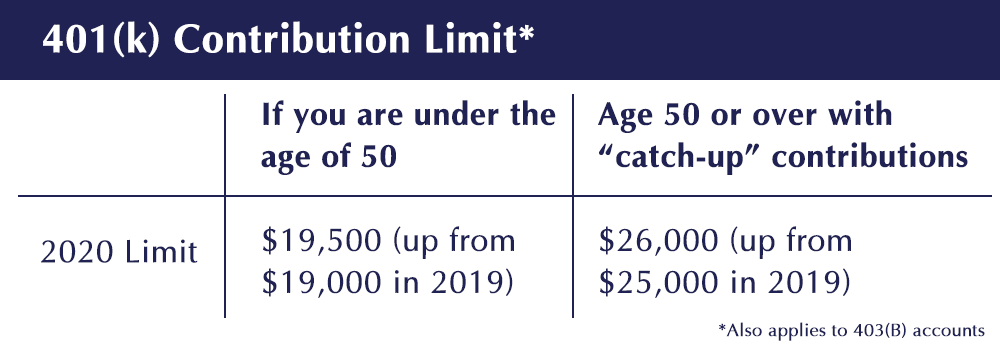If you need a source of cash for an emergency, you might turn to your 401(k) plan. When you take a loan from a plan, you borrow money from your own account, pay yourself back with interest and continue making contributions at the same time.
Assuming your 401(k) plan permits such loans, here are three general guidelines:
1. You can borrow up to the lesser of $50,000 or half of your vested benefits. For example, if you have $80,000 in vested benefits in your 401(k) account, your loan amount is limited to $40,000.
2. Loans are generally permitted for any purpose, although some plans limit borrowing to items such as a home purchase, college education or medical expenses.
3. You have to repay the entire amount within five years. (However, if you’re borrowing to buy a principal residence, you can repay over a longer period.) Most plans require payments to be taken directly out of your paycheck. If you don’t repay the loan on time, taxes and penalties apply.
Of course, there are other requirements for 401(k) loans. Significantly, the plan provisions for loans cannot discriminate in favor of the top brass and the loan must include a reasonable rate of interest.
There are several advantages to 401(k) loans. You can usually get the money quickly since a credit check isn’t done. And interest rates are competitive.
Key point: You don’t want to tap your retirement plan unless you absolutely have to. Compare any loan from your plan with other sources of borrowing and calculate the loan’s long-term impact on your retirement fund. And keep in mind that some plans may charge fees.
As a last resort, borrowing beats withdrawing money from your 401(k) plan since withdrawals are subject to ordinary income tax and may be subject to a 10% penalty if you’re under age 59½. By borrowing, you avoid this penalty, plus you’re paying interest to your own account — rather than a bank or other lender.

Contact Us
© 2024 CPA Site Solutions.
Disclaimer of Liability
Our firm provides the information in this article for general guidance only, and does not constitute the provision of legal advice, tax advice, accounting services, investment advice or professional consulting of any kind. The information provided herein should not be used as a substitute for consultation with professional tax, accounting, legal or other competent advisors. Before making any decision or taking any action, you should consult a professional advisor who has been provided with all pertinent facts relevant to your particular situation. Tax articles in this blog are not intended to be used, and cannot be used by any taxpayer, for the purpose of avoiding accuracy-related penalties that may be imposed on the taxpayer. The information is provided “as is,” with no assurance or guarantee of completeness, accuracy or timeliness of the information, and without warranty of any kind, express or implied, including but not limited to warranties of performance, merchantability and fitness for a particular purpose.
Blog
Nonprofit Insights

